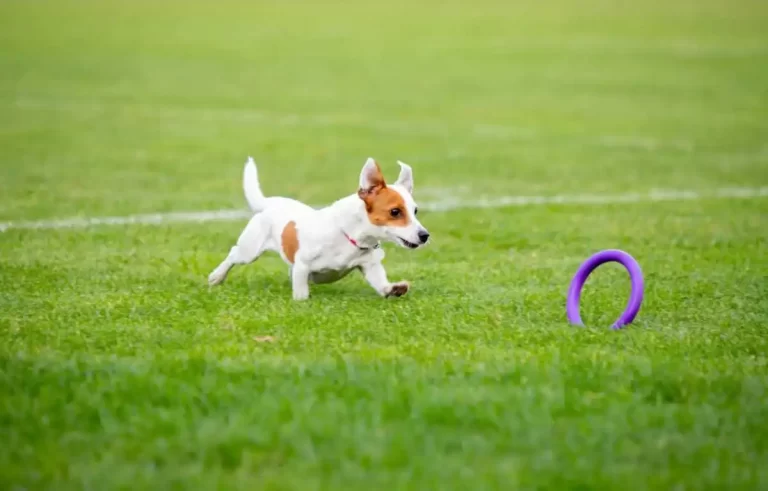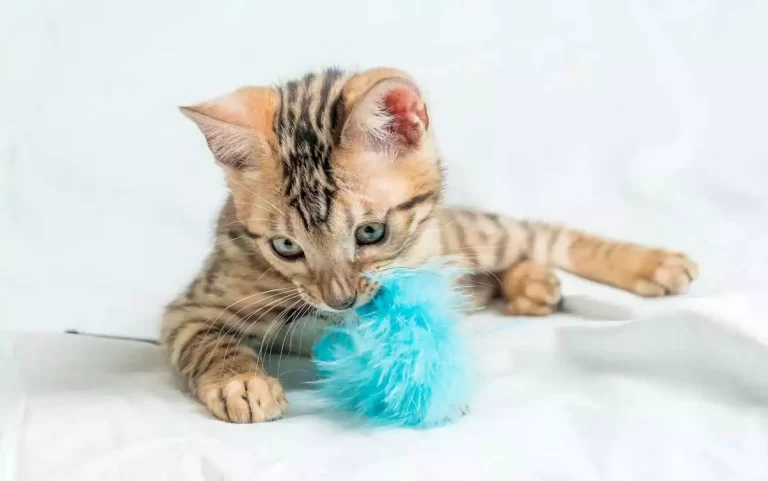Cat Sitting Secrets: 10 Best and Essential Tips
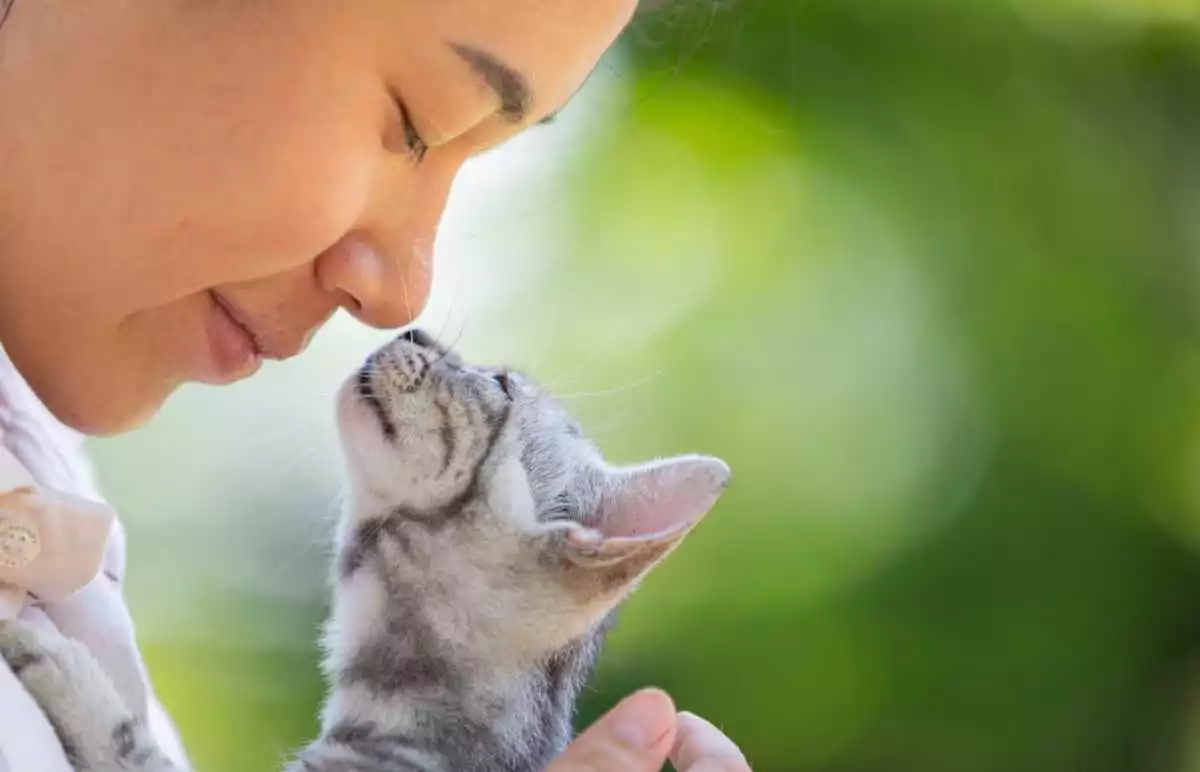
Introduction: The Joy of Cat Sitting
Cat sitting is a wonderful chance to spend time with these impressive creatures & develop a deep bond with them. As a cat caretaker, you have the responsibility to ensure the cat’s comfort, safety & happiness in the absence of its owner. By following the tips described in this post, you can make the cat sitting experience delightful for both you and also the cat.
Table of Contents
1. Understanding the Cat’s Needs
Before tackling the role of a cat sitting, it’s important to understand the basic requirements of cats. Cats are distinct creatures with detailed requirements for their health. First of all, they require a well balanced diet regimen that consists of high-quality cat food with the right combination of healthy proteins, fats, and also carbs. It’s important to consult with the cat’s owner to determine their nutritional preferences and any detailed nutritional restrictions.
Second of all, cats call for a tidy and also comfortable environment. Give them a comfortable bed or blanket where they can relax and also rest. They likewise require scratching posts or boards to satisfy their all-natural reaction to scratch as well as keep their claws healthy and balanced. Additionally, make sure that the cat has access to stimulating playthings to maintain them emotionally engaged and physically energetic.
Moreover, cats are known for their meticulous grooming habits. They groom themselves regularly to maintain their fur tidy and healthy. As a cat sitter, you can help in brushing by brushing their coat delicately to remove loose hair and stop matting. However, constantly be cautious as well as mindful of the cat’s comfort level during grooming sessions.
Lastly, cats are social animals, and also they require friendship and communication. Hang out having fun, petting, and also engaging with the cat to satisfy their demand for social stimulation. Each cat has its unique personality and choices, so observe their body language and react accordingly. Some cats might enjoy lap time and cuddling, while others might like interactive play sessions.
Understanding and also fulfilling these basic needs will certainly add to the cat’s overall well-being as well as joy during the cat sitting period.
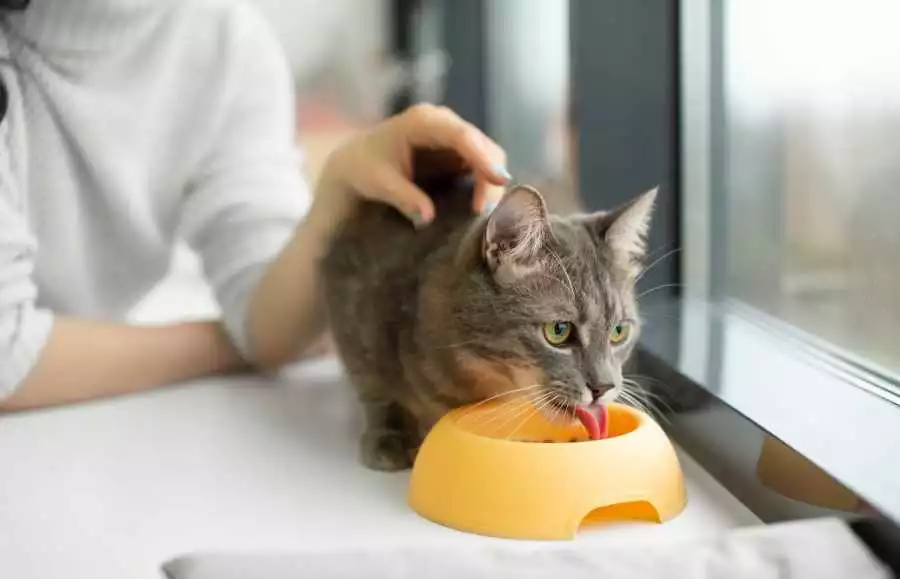
2. Preparing the Cat’s Environment
Creating a comfy and safe environment is critical for a successful cat sitting experience. Beginning by designating a certain area or room for the cat where they can really feel safe and also have their necessary resources. Make sure the area has adequate lights, temperature control, and good ventilation.
Place the cat’s bed or blanket in a quiet edge away from any type of potential sources of stress or disruptions. Give a scratching post or board nearby to redirect their all-natural scratching behavior. Additionally, include a range of toys that satisfy different types of play, such as interactive toys, catnip toys, as well as playthings that encourage hunting instincts.
It is essential to get rid of any kind of unsafe items or toxic substances from the cat’s environment. Keep all cleaning items, medications, and also potentially harmful plants unreachable. Safeguard any loose cords or cables that might attract the cat to chew on them.
To make the environment extra stimulating, take into consideration adding a perch or cat tree where the cat can climb and observe their surroundings. This enables them to use their all-natural instinct to explore as well as have a vantage point.
By creating a comfortable and also stimulating environment, you provide the cat with a sense of security and also guarantee their overall health throughout the cat sitting period.
3. Establishing a Feeding Routine
Maintaining a constant feeding routine is important for cats. Cats are creatures of habit as well as thrive on routine. Seek advice from the cat’s owner to identify their routine feeding times as well as the amount of food they usually eat. Sticking to the established routine assists minimize any potential digestive problems or stress and anxiety.
When feeding the cat, ensure that you make use of the same type and brand name of food that the cat is accustomed to. Abrupt changes in their diet plan can cause intestinal disturbances. If the owner provides treats for the cat, use them moderately and also as a benefit for good behavior or as an unique reward.
It is very important to measure the proper portion size for every feeding. Overfeeding can result in weight gain and associated health issues, while underfeeding can cause malnutrition. The cat’s owner can provide guidance on the recommended portion sizes based upon the cat’s age, weight, and activity level.
Throughout the feeding process, create a tranquility and also silent environment to decrease distractions. Allow the cat to eat at their very own pace without rushing them. If there are multiple cats in the house, ensure that each cat has their designated feeding area to stop food aggression or competition.
By establishing a constant feeding regimen as well as giving the correct amount of food, you add to the cat’s overall health and wellness and also well-being during the cat sitting period.
4. Providing Fresh Water and Hydration
Proper hydration is important for a cat’s overall wellness and well-being. Cats require accessibility to clean as well as fresh water at all times, and also as a cat sitter, it’s your responsibility to ensure they have an adequate supply.
Inspect the water bowl regularly to ensure it is clean and also free from debris. Cats are recognized for their sensitivity to smells as well as tastes, so they may reject drinking if the water is stagnant or has an unpleasant odor. Refresh the water daily, and if required, change it more often during hot weather to stop it from becoming warm.
Some cats like running water over still water. Think about using a cat water fountain, as the flowing water can attract and also encourage them to drink even more. These water fountains likewise help to keep the water oxygenated and fresh for a longer duration.
Along with providing fresh water, you can increase a cat’s hydration with wet food. Wet food has a higher water content compared to completely dry kibble, helping to keep the cat hydrated. If the cat’s owner has actually given wet food as part of their diet plan, follow their instructions on the amount and also frequency of feeding.
Monitor the cat’s water consumption during the cat sitting period. Lowered water consumption or signs of dehydration, such as dry gums or lethargy, should be reported to the cat’s owner. Appropriate hydration is crucial for maintaining the cat’s urinary tract health as well as total well-being.
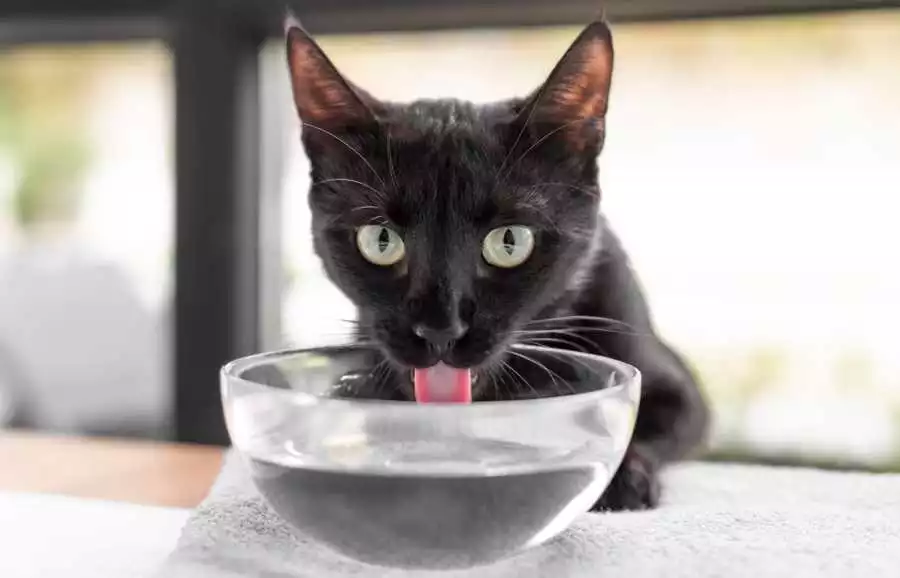
5. Maintaining a Clean Litter Box
A clean litter box is crucial for a cat’s comfort and hygiene. Cats are naturally clean animals, and an unclean litter box can lead to stress and inappropriate elimination behaviors.
During cat sitting, it’s important to maintain a regular scooping schedule for the litter box. Remove waste and clumps daily using a scoop. This helps to prevent odor buildup and ensures that the cat has a clean area to eliminate.
In addition to scooping, periodically replace the litter in the box. The frequency of litter changes depends on the type of litter used and the number of cats using the box. Some litter brands recommend changing the litter entirely every one to two weeks.
When cleaning the litter box, use unscented litter and avoid harsh chemicals or strong-smelling cleaners. Cats have a keen sense of smell, and strong scents may deter them from using the litter box.
Place the litter box in a quiet and accessible location, away from the cat’s food and water bowls. Cats prefer privacy when using the litter box, so ensure it is placed in a low-traffic area where they can have some peace and quiet.
By maintaining a clean litter box, you provide a comfortable and hygienic space for the cat to relieve themselves. This promotes proper litter box usage and helps prevent accidents or stress-related behaviors during the cat sitting period.
6. Exercising and Playing with the Cat
Regular exercise & playtime are essential for a cat’s physical & mental well-being. As a cat sitter, it’s important to engage the cat in stimulating activities to keep them active & entertained.
Provide a different interactive toys that encourage the cat to engage in play. Toys that mimic prey, such as feather wands or toy mice, are particularly effective in capturing a cat’s attention & stimulating their hunting instincts. Experiment with different types of toys to discover what the cat enjoys the most.
Engage in interactive play sessions with the cat using such toys. Move the toy in a way that imitates the movement of prey, encouraging the cat to pounce, chase & bat at it. This not only provides physical exercise but also helps to keep their mind sharp & engaged.
In addition to structured play sessions, provide opportunities for the cat to engage in independent play. Leave out toys that they can play with on their own, such as puzzle toys or treat-dispensing toys. These toys provide mental stimulation and encourage the cat to problem-solve.
Remember to tailor the intensity and duration of play sessions to the cat’s age and energy level. Kittens and young cats may require more active play sessions, while older cats may prefer shorter and less vigorous activities.
Regular exercise and playtime not only help to keep the cat physically fit but also provide an outlet for their energy and prevent boredom. Engaging in these activities during cat sitting will contribute to the cat’s overall happiness and well-being.
7. Offering Affection and Companionship
Cats thrive on affection & companionship, and providing them with love & attention is an important aspect of cat sitting. While each cat has its own unique preferences for physical contact, offering gentle affection can help strengthen the bond between you and the cat.
Take the time to pet & stroke the cat if they enjoy it. Begin by gently stroking their head, chin & back, and observe their response. Some cats may prefer short and gentle strokes, while others may enjoy more vigorous petting. Pay attention to the cat’s body language & cues to ensure that they are comfortable and enjoying the interaction.
Engage in interactive play sessions that include physical contact, such as using a wand toy for the cat to chase or playing with a toy that encourages them to pounce and bat. This allows you to interact with the cat while providing them with an outlet for their energy.
Respect the cat’s boundaries and personal space. Some cats may prefer to have their alone time & may not appreciate constant attention. Allow them to approach you when they feel comfortable and initiate contact.
Building a bond with the cat through affectionate interactions will make the cat sitting experience more enjoyable for both of you. It helps the cat feel secure and loved in the absence of their owner and contributes to their overall happiness during the cat sitting period.
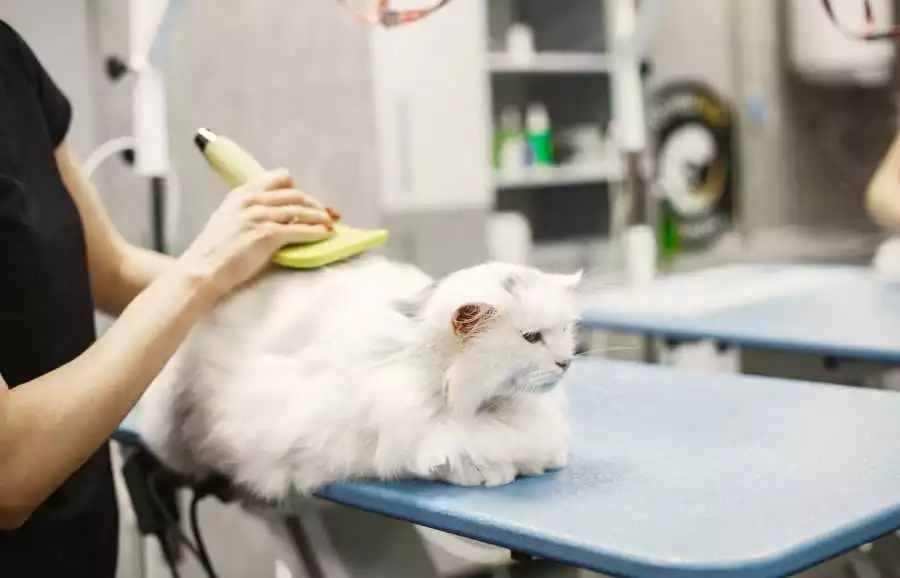
8. Monitoring the Cat’s Health and Behavior
As a cat caretaker, it’s vital to monitor the cat’s health & behavior while you spend time with them. Cats can sometimes hide signs of illness, so being observant & proactive is crucial.
Pay attention to any changes in the cat’s eating & drinking habits. A sudden loss of appetite or excessive thirst can be indicators of underlying health issues. Similarly, monitor their litter box usage for any changes in frequency or consistency of urine and feces.
Observe the cat’s behavior and activity levels. Changes in the way they behave, like increased aggression, withdrawal or lethargy, could be signs of stress or illness. Conversely, overly hyperactive or restless behavior may also warrant attention.
Check the cat’s coat & skin for any signs of abnormality, such as excessive shedding, bald patches or skin irritations. Additionally, watch for any unusual lumps or bumps on their body.
If you notice any concerning signs or symptoms, it’s important to contact the cat’s owner & if necessary, seek veterinary care. Prompt attention to any health issues ensures that the cat receives the proper care & treatment they need.
9. Maintaining a Consistent Routine
Cats thrive on routine and familiarity & maintaining a consistent schedule during cat sitting can help alleviate stress & anxiety for the cat.
Try to stick to the cat’s regular feeding times as closely as possible. Cats are animals of habit & can become unsettled if their routine is disrupted. Similarly, maintain the same schedule for playtime & interactive sessions to provide them with a sense of predictability.
Keep the cat’s environment as consistent as possible. Avoid rearranging furniture or making significant changes that may confuse or distress the cat. If necessary, consult with the cat’s owner to understand their usual routines & preferences.
Consistency extends to your interactions with the cat as well. Use the same tone of your voice & gentle handling techniques that they are accustomed to. This helps to establish trust & familiarity between you & the cat.
By maintaining a consistent routine, you create a sense of security for the cat during their time away from their owner. It helps them adjust more easily to the new environment & reduces stress and anxiety.
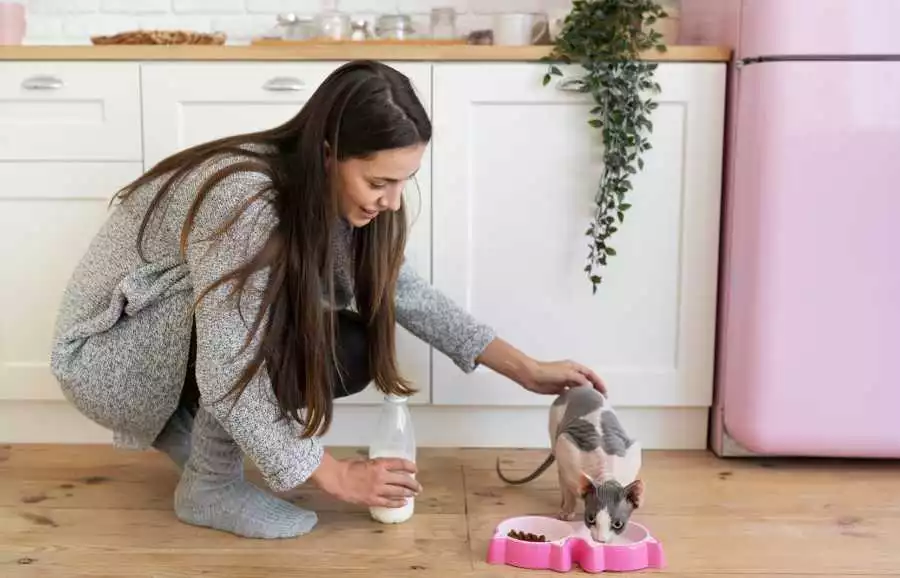
10. Communication with the Cat’s Owner
Effective interaction with the cat’s owner is vital for an effective cat sitting experience. Before the cat sitting period begins, have a thorough discussion with the owner to understand the cat’s certain requirements, routines, choices, and any type of health and wellness concerns.
Exchange contact details with the owner as well as establish a method of communication that works ideal for both parties. This could be through call, text, or email. Keep the owner informed about the cat’s well-being, actions, and any kind of significant events throughout the cat sitting period.
If any type of problems or concerns occur, interact promptly and clearly to the owner. This includes modifications in the cat’s appetite, litter box practices, or any type of signs of health problem or distress. Open up and straightforward interaction makes certain that the pet cat’s owner remains informed and also can provide advice or make decisions regarding the cat’s treatment.
Maintaining good communication with the cat’s owner fosters trust and also ensures that both parties are on the same page regarding the cat’s health. It also allows for a smooth transition when the owner returns.
Conclusion
Cat sitting can be a rewarding and fulfilling experience when approached with the right knowledge and techniques. By following these ten best and essential tips, you can ensure that the cats you are sitting receive the care, attention, and love they deserve.
Remember to create a comfortable and safe environment that mimics their home surroundings. Follow their regular feeding routine and provide the appropriate portion sizes of nutritious food. Keep their water bowl clean and fresh, encouraging hydration through both water and wet food.
Maintaining a clean litter box is crucial for their hygiene & well being. Scoop regularly and change the litter as needed. Engage in regular exercise and play sessions to keep them physically and mentally stimulated.
Offer affection and companionship, respecting their boundaries and individual preferences. Monitor their health and behavior, reporting any concerns to the owner and seeking veterinary care if necessary. Stick to a consistent routine to provide stability and minimize stress.
Effective communication with the cat’s owner is vital throughout the cat sitting period. Keep them informed about the cat’s well-being and any notable occurrences. A strong line of communication ensures that both you and the owner are on the same page and can address any concerns promptly.
By implementing these ten best and essential tips, you can create a positive and enjoyable cat sitting experience for both the cats and their owners. Remember, each cat is different, so adapt your approach to their individual needs & preferences. Cat sitting can be a wonderful opportunity to form a bond with these fascinating creatures and provide them with the care they deserve.
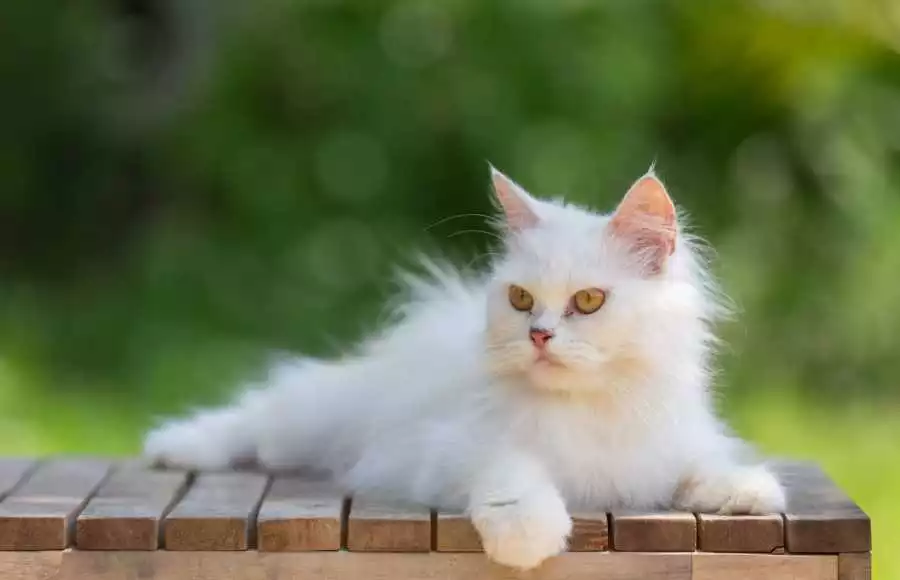
FAQs:
Q1. How often should I clean the litter box during cat sitting?
It is suggested to scoop the litter box day-to-day to remove waste and also clumps. This aids to maintain tidiness and also prevent odor buildup.
Q2. What should I do if the cat refuses to eat while sitting?
If the cat shows a decreased appetite, it is important to inform the owner as well as monitor the situation. An unexpected loss of appetite can indicate an underlying health issue, and veterinary attention may be essential.
Q3. Can I use scented litter for the litter box?
It is usually suggested to use unscented litter. Cats have a delicate sense of smell, as well as solid scents might discourage them from using the litter box.
Q4. How can I encourage a cat to drink more water?
Offering fresh and also clean water at all times is essential. Some cats prefer running water, so using a cat water fountain can be beneficial in encouraging them to drink even more.
Q5. What should I do if the cat exhibits aggressive behavior during playtime?
If the cat becomes aggressive during play, it’s important to quit the interaction immediately. Redirect their attention to a toy or engage in a different activity. If aggressive behavior continues, speak with the owner for advice.
Also See:
- 10 Fruits Good For Lungs: Unlock the Secrets of Lung Health
- How Doggie Day Care Can Transform Your Pup’s Life: 9 Secrets Every Dog Owner Should Know
- 10 Mind-Blowing Types of Technology That Will Revolutionize the Future
- Rice is Good for Weight Loss: 14 Surprising Reasons
- Discover the 10 Best Nuts for Weight Loss: Achieve Your Dream Body
- 10 Secrets of Successful Private Entrepreneurs That Will Blow Your Mind
- How Cryogenic Engines are Revolutionizing Space Technology

